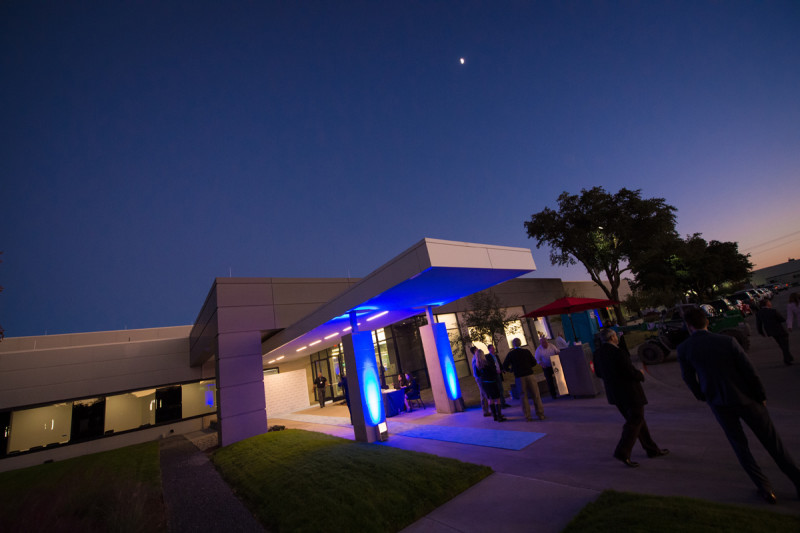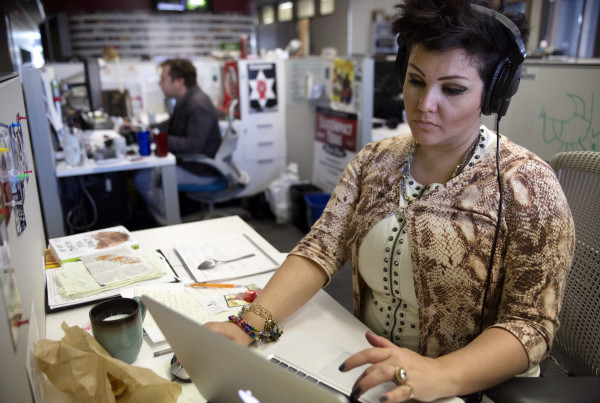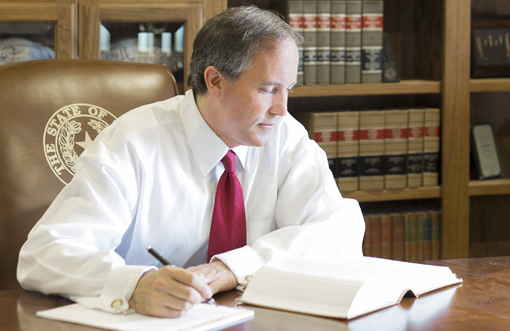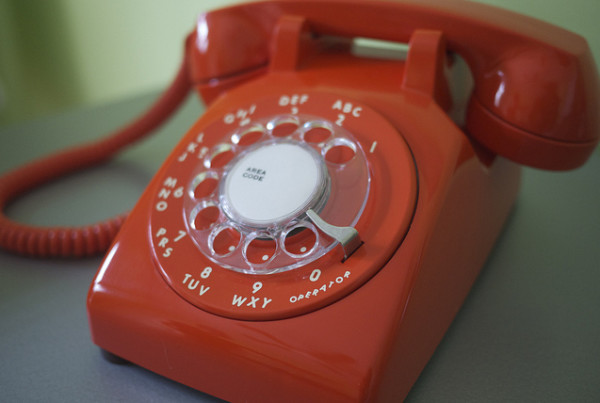This story originally appeared on KERA Breakthroughs.
In the U.S., we guzzle down data – on our phones and computers – and generally don’t think much about where all that content is stored. It’s stored in places called data centers, and they’re a fundamental part of the infrastructure of the 21st century. The problem: Many of them are stuck in the past. A few companies building data centers in Texas though are trying to boost energy efficiency. If Memory Lane were a real place, it might be a long aisle in a dimly-lit data center. At least for those of us who keep photos online.
“When Facebook came out years ago, you loaded pictures and put them in an album that today you still want to be able to access,” says Ali Greenwood, with Jones Lang LaSalle, a real estate firm in Dallas. “Do you ever look at them? Very rarely, right! But you would be devastated if you couldn’t click on it and pull up a photo album of your wedding from seven years ago.”
Greenwood, who’s vice president of JLL’s Data Center Solutions Group, says that all of that digital data — things like selfies and birthday messages — have all been living inside data centers. Far from being the quiet, clean “cloud” we hear about, these places are often old-school — noisy, cold warehouses with roaring, outdated cooling systems.
Estimates on how much power data centers waste vary, but Pierre Delforge with the Natural Resources Defense Council says we know they’re using much more power than necessary.
“We know they use about 90 billion kilowatt hours of power a year,” Delforge says, “That’s equivalent to the output of more than 30 large coal-fired power plants.”
Last month, the U.S. House of Representatives passed a bill to make federal data centers use energy more efficiently – it could save taxpayers $5 billion over seven years, according to a report from the Center for Climate and Energy Solutions.
Delforge says there are a few big opportunities for energy savings at data centers:
1. Get rid of “zombie” servers and improve server utilization: Average server utilization is still very low, somewhere around 10 to 20 percent, Delforge says. “This is akin to running a fleet of airplanes with only 10 percent of seats filled. Consolidating under-utilized servers, powering down unused spare capacity servers, and decommissioning zombie servers is probably the largest energy saving opportunity in data centers.”
2. Moving small and medium data centers to the cloud: Large-scale, cloud data centers are much more optimized from an energy perspective than small and medium server rooms in office buildings.
3. Improving cooling efficiency: Cooling is fundamental to a data center’s success. But keeping all that equipment chilled is a big energy investment.
That’s why the newest data center in Plano is trying a different approach to keeping data cool.

















